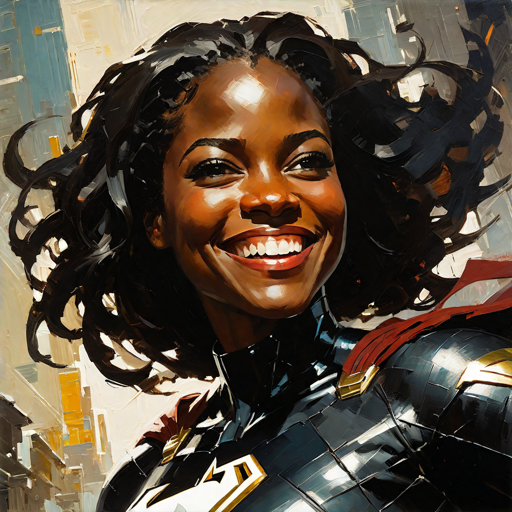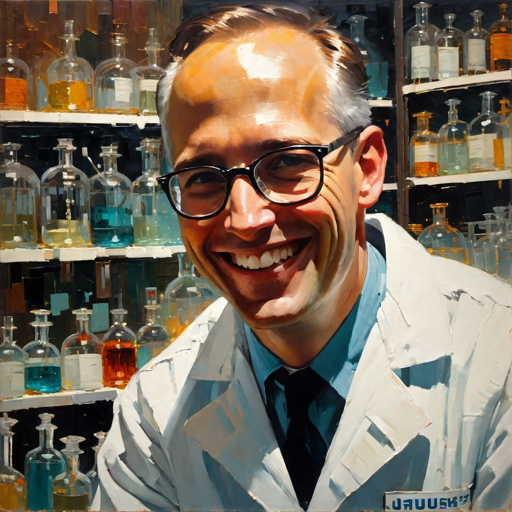You can’t get away from superheroes at the moment. They are everywhere – and love them or hate them, they have an enduring appeal, for young and old alike – myself amongst them.
And whilst our current sense of “superhero” probably goes back to Superman’s debut in 1938 and Batman’s arrival a year later, in reality, they are part of a heroic storytelling tradition that stretches back to Homer’s Odyssey, Beowulf and beyond.

With their flamboyant suits, outrageous powers and an unwavering commitment to trying to do the right thing, they continue to draw us in. But behind their masks lies a deeper narrative; one that mirrors the complexities of our very human condition.
In reality, superheroes are us, writ large…
“I think a hero is an ordinary individual who finds strength to persevere and endure in spite of overwhelming obstacles.”
Superman
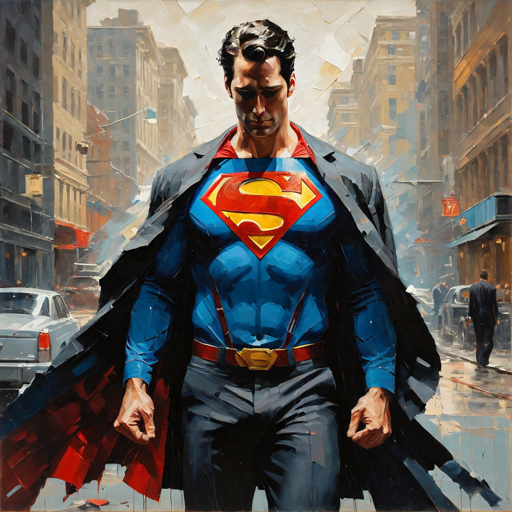
In this blog, I want to explore the allure of superheroes, delve into their diverse origin stories, perhaps expose the toxic paradox of adopting a superhero mentality in the workplace, and consider more effective strategies for getting beyond the superhero complex.
What’s so special about superheroes?
Perhaps at the core of our relationship with superheroes lies a deep-seated desire for empowerment and escapism. These characters embody idealised values of courage, resilience, and altruism, offering a sense of hope and inspiration in a chaotic world.
Whether it’s Superman’s unwavering sense of justice, Wonder Woman’s strength and compassion, or Spiderman’s relatable struggles with identity, superheroes seem to resonate with us on a profound level, tapping into relatable themes of courage, sacrifice, dedication and redemption.
Transformations and Beginnings
We all love a good origin story! From tragic loss to transformative accident, genetic mutation to science experiment gone wrong, these narratives explore deeply human themes of trauma, displacement, recovery, purpose, doubt and self-discovery.
On the one hand, you have Batman, whose journey from grieving boy to symbol of fear and justice (handily assisted by vast wealth) reflects the transformative power of personal tragedy. On the other, you have The X-Men confronting issues of prejudice and discrimination, grappling with the complexities of identity and belonging in a world that fears and misunderstands them. Even Superman, who is entirely unremarkable on his own planet, comes with baggage; a migrant escaping peril, coming to terms with a new moral context.
So whether you are billionaire playboy-turned-vigilante/hero (Batman/Bruce Wayne, Iron Man/Tony Stark), a displaced god (Wonder Woman/Diana Prince, Thor/Donald Blake) or an accidental hero (Spiderman/Peter Parker – radioactive spider bite; The Hulk/Bruce Banner – gamma rays exposure) you reflect different parts of our own psyche.
Superheroes are a magnifying mirror for our individual (and collective) hopes and fears, anger and hubris, dedication and growth.
“You’re going to make a difference. A lot of times it won’t be huge, it won’t be visible even. But it will matter just the same.”
Commissioner James Gordon [talking to Batman]
What can we learn from superheroes?
I don’t want to get too nerdy abut this but stick with me whilst I paint a psychological portrait of the four most famous superheroes that we probably all know at least a little bit about. Maybe I can highlight their underlying motivations and their relevance to real-world leadership dynamics.
Superman: The Last Son of Krypton
Superman’s origin story is perhaps one of the most iconic in comic book history. Born on the planet of Krypton, Kal-El is sent to Earth by his parents, just before the planet’s destruction. Raised in Smallville, Kansas by Jonathan and Martha Kent, young Clark learns to harness his superhuman abilities whilst grappling with the challenges of fitting in with his adoptive human family and society.
Superman’s immigrant journey from humble farm boy to the world’s greatest hero brings in themes of identity, belonging, and the struggle to reconcile his dual nature. As Superman, he epitomises selflessness and moral integrity, using his powers to protect others and uphold truth and justice. However, beneath his bullet-proof exterior is a vulnerable and compassionate soul, grappling with the weight of his responsibilities and the burden of being a symbol of hope for humanity.
In our world, we can point to his unwavering commitment to doing what’s right, even in the face of adversity. His ability to inspire others through his actions and lead by example remind us of the importance of integrity, compassion, and moral courage in leadership.

Wonder Woman: Princess of Themyscira
Wonder Woman’s origin story is rooted in Greek mythology; she is the daughter of Hippolyta, queen of the Amazons, and Zeus, king of the gods. Raised on the hidden island of Themyscira, Diana Prince is imbued with superhuman strength, agility, and wisdom by the gods themselves. However, it is her sense of compassion, empathy, and justice that make her a refreshingly different kind of hero.
Her journey from sheltered princess to fearless warrior and ambassador for peace is an interesting twist on the power of empathy and understanding in leadership. She seeks to bridge the divide between warring factions and promote cooperation, but her steely determination makes her a formidable adversary, fighting tirelessly to defend the innocent and uphold the values of truth and justice.
Wouldn’t it be great if we had more leaders channelling her empathy and sense of justice, championing a culture of inclusivity, collaboration, and mutual respect?
Batman: The Dark Knight of Gotham
Unlike Superman and Wonder Woman, whose powers arise from their other-worldly heritage, Batman had to really work at his. He is a self-made superhero, relying on his intellect, physical prowess, deep pockets and deliberate action to fight crime in Gotham City. The random murder of his parents fuels the adolescent Bruce Wayne’s quest for justice, leading him to adopt the persona of Batman and wage a relentless, vigilante war on the criminal underworld.
Batman’s origin story is a tale of transformation and redemption, as he channels his unresolved grief and anger into a crusade to make his society safer. However, his single-minded obsession with justice borders on darkness, leading him to grapple with moral ambiguity and the temptation to cross ethical boundaries in his quest for vengeance.
So what can we take from Batman? His resilience, resourcefulness, and commitment to his principles? Definitely, but there is also a warning here too; the danger of unchecked ambition and the risk of giving in to the darker aspects of personality. Maybe by embracing his sense of duty and determination whilst maintaining a sense of balance and perspective, we can navigate the complexities of leading with integrity and purpose?
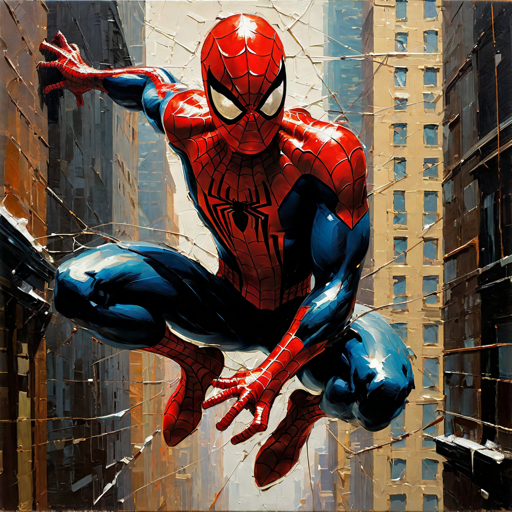
Spiderman: The Hero of New York
Spiderman’s story is a tale spun above the streets of New York City, where nerdy Peter Parker, a young and brilliant student scientist, is bitten by a radioactive spider, granting him incredible web-slinging abilities and spider senses. However, he doesn’t let his newfound powers define him; rather it is his unwavering commitment to responsibility, family and community.
Embracing his role as the “friendly neighbourhood Spiderman”, he swings into action to protect the city he loves. And it’s not just about defeating bad guys for him; it’s about using his intellect and ingenuity while maintaining his moral compass. His daily struggles, balancing his personal life, academic aspirations, and superhero duties, bring him closer to us than the god-like Superman could ever be.
Spiderman’s sub-text here is the importance of using one’s gifts for the greater good, standing up for those who cannot protect themselves, and proving that even the most ordinary person can do extraordinary things when they choose to do what’s right.
“With great power comes great responsibility.”
Uncle Ben [to Peter Parker/Spiderman]
Toxic Heroism in Business Leaders
Whilst some of us love the escapism of superheroes, the reality is that they are not always going to be great role models for modern business leadership.
The relentless pursuit of perfection, the arrogance and self-absorption of ego and a striving for unrealistic expectations can have toxic consequences, most of which we identify in our own Leadership Loopholes. The individualistic nature of many superhero lives, combined with a binary, good versus evil mindset, also undermines the fundamental importance of collaboration, nuance and teamwork in complex situations.
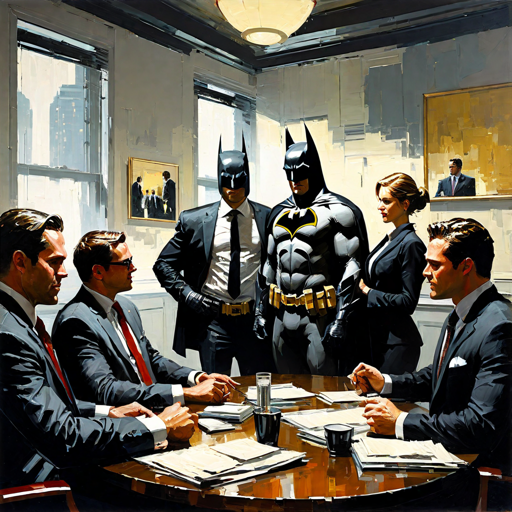
Batman’s renegade approach may work for him in Gotham City but probably wouldn’t go down well in most corporate settings. Similarly, the self-sacrificing instincts of Captain America, whilst admirable, perpetuate a culture of martyrdom, self-neglect and hierarchical dependency.
Toxic heroism, characterised by an over-emphasis on individual ego-centric action, at the expense of collective well-being, has profound implications for organisational culture. When employees feel pressured to sustain performance at superhero levels, it leads to resentment, unresolved stress, and a decay of trust. Equally, the hero worship often associated with charismatic leaders creates significant power imbalances, closes down open dialogue and inhibits diverse thinking and open vulnerability.
Even the well-intentioned desire to rescue others, to “save the day” has a debilitating effect on colleagues if experienced too often – made even worse if there is a subconscious desire to allow the crisis to happen in the first place. The heroic rescue is so much more of an adrenaline-rush than the diligent, planful delivery!
“The greatest power on Earth is the magnificent power we all of us possess… the power of the human brain!”
Professor Xavier
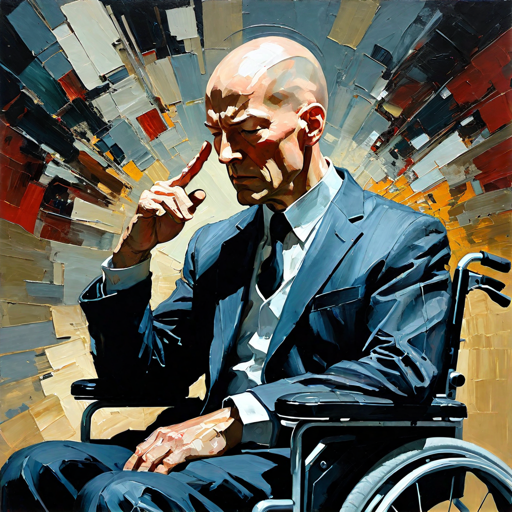
When Superheroes Assemble
While most superheroes start off alone, it really gets interesting when you put them together. Superhero teams have been a staple of comic book storytelling since 1963, when The X-Men went to class and The Avengers assembled, in their respective comics. Both groups of disparate heroes are aspirational case studies of collaborative power, aligning strong personalities, and leveraging diversity in tackling overwhelming odds.
The X-Men, led by Professor Xavier, are a community of mutants, often hiding in plain sight, with a wide range of powers and abilities. From telepathy and teleportation to superhuman strength and agility, each member brings something unique to the team. What sets them apart is their commitment to Xavier’s vision of peaceful coexistence between mutants and humans, despite facing discrimination and prejudice from society.
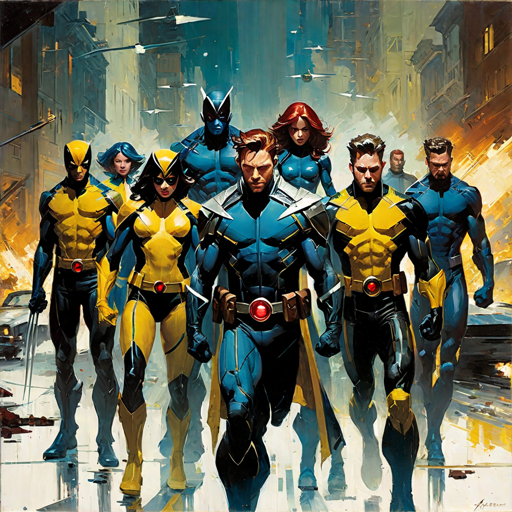
The diversity of The X-Men extends beyond their powers, to their backgrounds, experiences, and identities. From the independently-minded Wolverine to the tempestuous Storm, the extended mutant community and Xavier’s School for Gifted Youngsters represents a spectrum of cultures, personalities, and perspectives. This not only enriches their dynamics as a team but also strengthens their resilience and adaptability, regardless of what enemies they face.
The Avengers is a less cohesive, but equally diverse, ensemble of individuals, united by a shared sense of duty and purpose. From the arrogant billionaire Tony Stark to the equally arrogant Norse god Thor, the concept of team is often a point of contention but they do succeed in holding together an eclectic group of superheroes with vastly different backgrounds and abilities.
Whether it’s Iron Man’s technological genius, Captain America’s leadership, or Black Widow’s espionage skills, each member of The Avengers plays a vital role, (usually) united in a shared commitment to protecting the world.
And what makes superhero teams like The X-Men and The Avengers really interesting for me, is the “warts and all” soap opera of conflict, barely suppressed tension, collaboration, exaggerated ego and transformational diversity, all dialled up to the max.
Am I reading too much into it? Possibly.
But if we can use something like this to emphasise the powerful potential of embracing difference and working together toward a common purpose, then these fictional teams become a real world force for positive change.
What are the challenges of superhero leadership?
So, how can organisations navigate the complexities of superhero leadership whilst fostering a healthy and productive culture?
I think the key lies in striking a balance between individual initiative and collective collaboration, between ambition and humility. Instead of idolising super-heroic ideals of invincibility and self-sacrifice, leaders need to prioritise empathy, resilience, and care. Modern business leadership, at its core, has to now be about empowering others, fostering a culture of trust, agency and transparency; cultivating a sense of shared purpose and belonging.

What are some appropriately heroic leadership actions?
If you find yourself in a culture of toxic super-heroism, or just want to think about how you shift the agenda in your business, consider these eight appropriately heroic leadership acts:
Embrace your superpower
We are not all going to fly over Metropolis or sling webs from our wrists but we can all develop our superpowers. It might be an extraordinary ability to listen really well, for creativity, for decision-making. It doesn’t matter what it is, just own it, embrace it and make it yours. It is your strength and what sets you apart – and maybe, a bit like Superman leaving Krypton behind, you have to go somewhere new for your superpower to be realised and appreciated.
Diversity assembles
Channel The Avengers; seek out and recognise the value of diversity, in as many forms as possible, in your team and outside. Accept the additional management challenge of aligning fresh perspectives, constructive challenge and alternative approaches. And if you don’t have the luxury of assembling your own version of The X-Men, or if you are really happy with your mono-cognitive team, then lead some provocative thinking: play Devil’s Advocate, get some external “companion critics”, use Edward de Bono’s metaphorical Six Thinking Hats, or do some Red Team/Blue Team work. Do whatever it takes to explore ideas fully and challenge your collective assumptions and biases.
Challenge toxic heroism
A toxic behaviour left unchallenged is a toxic behaviour encouraged. It’s scary and it’s intimidating but build your feedback skills and assertiveness so that you feel prepared to consistently and professionally challenge. Toxic superstars destroy behavioural and cultural value in pursuit of ego, short term recognition and selfish rewards. If you are in a position to do so, think really carefully about the KPI’s you set. Are they promoting “how” as well as “what”?
Get yourself a sidekick
Even grumpy Batman had Robin to talk to. Leadership can be lonely and isolating; so who do you confide in? Who can you be vulnerable with? Whether it is a formal coaching relationship, a mentor or simply a really good friend, find yourself a sidekick; somebody to share your thinking with, to hear you out, to pick you up when you are feeling low.
More widely, encourage ever more purposeful collaboration, inside and outside your team. Recognise that consistent collective effort yields sustainable results compared to individual heroics. Avoid the pitfalls of toxic heroism by maintaining a balance between ambition and humility, individual initiative and collective collaboration. Recognise that true leadership involves empowering others and fostering a sense of shared purpose and belonging.
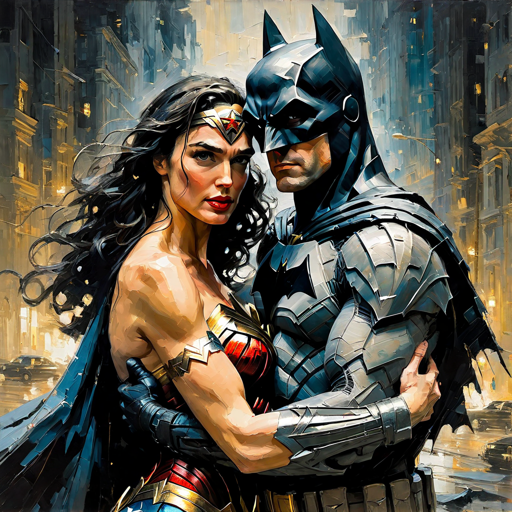
Be the humble superhero
Lead by example, show integrity, courage, and empathy in your leadership style; demonstrate charisma, passion and purpose; set the tone for those around you, protect those who follow suit. There will be times when you need to fly in and rescue a situation but make it rare; equip your teams to deal with crises themselves, give them the tools, the confidence and the experiences necessary to thrive. Create the context for them and then get out of their way.
Take off your mask
Wearing a mask to hide your true identity can be tiring and troublesome. If you are operating in disguise, hiding your true self, being cautious with your authenticity, the tension leaks. People around you sense it, even if they can’t articulate it.
You don’t have to be a completely open book, but allow others to understand your intentions, your values and your mission. Prioritise openness, empathy and understanding in your interactions with others. Recognise and validate the emotions and experiences of yourself and your team members.
Understand your origin story
Our perspective on the world, the way we build relationships, the way we face challenges is shaped by our previous experiences. And whilst we certainly don’t need to be locked in by them, our origin stories matter. Consider the pivotal moments of transformation, setback and growth in your career and reflect on how they shape your world view.
Is your origin story one of dramatic upheaval like Superman? Relentless drive and determination like Batman? Or, like Spiderman, was it a life-changing event that made all the difference? Once you have done that, how do you want to share this with others and incorporate it into your leadership narrative?
Build a better suit
Just like Bruce Wayne and Tony Stark, the tools and resources you use must keep evolving to meet the new challenge. Keep building a better suit, striving for improvement and smarter solutions. What worked yesterday will be less effective today because your arch-enemy got smarter – so remain steadfastly adaptable and innovative in the face of adversity; it’s a cliche, but embrace change as an opportunity for growth and transformation.
Cultivate resilience in yourself and your team; recognise that setbacks and failures are inevitable learnings on the path to anything meaningful. Encourage a growth mindset, perseverance, and self-care to navigate challenges with grace and determination.
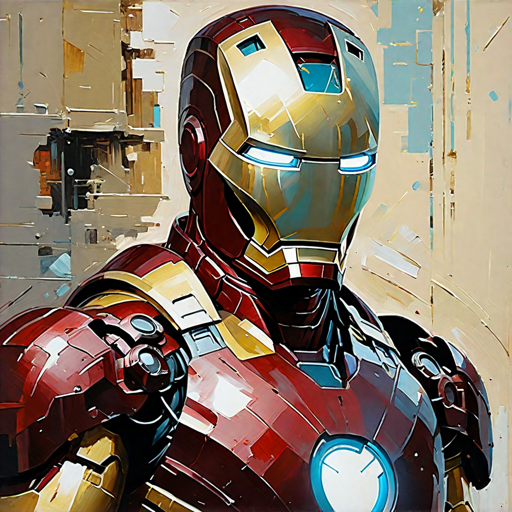
Superheroes continue to captivate us with their outlandish deeds and larger-than-life personas; their sense of duty and sacrifice can inspire us to be better. But unrestrained, individualistic leadership styles are not, on the whole, conducive to the realities of modern business. By calling out the superhero complex and the pitfalls of toxic heroism, you can cultivate a more nuanced understanding of collective performance — one that celebrates collaboration, empathy, and shared success.
When you want to find out more about the work we are doing with appropriately heroic teams and organisations all over the world, developing amazing leaders, do get in touch.
We are ready when you are.
